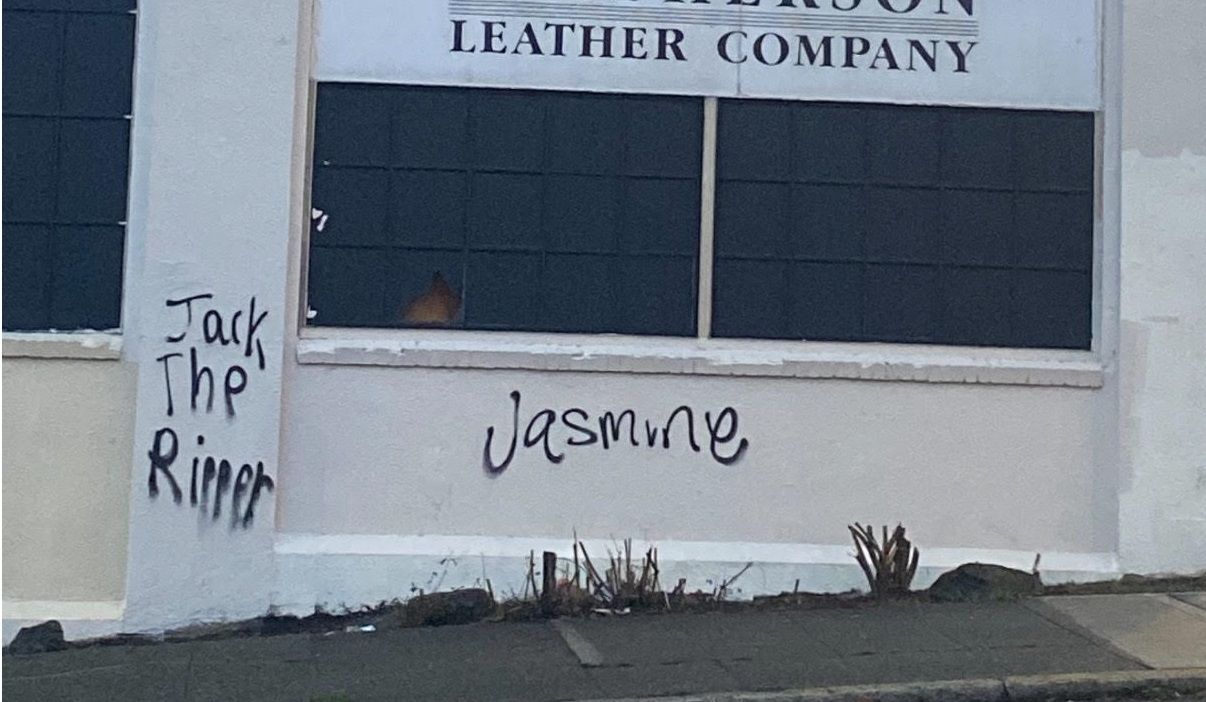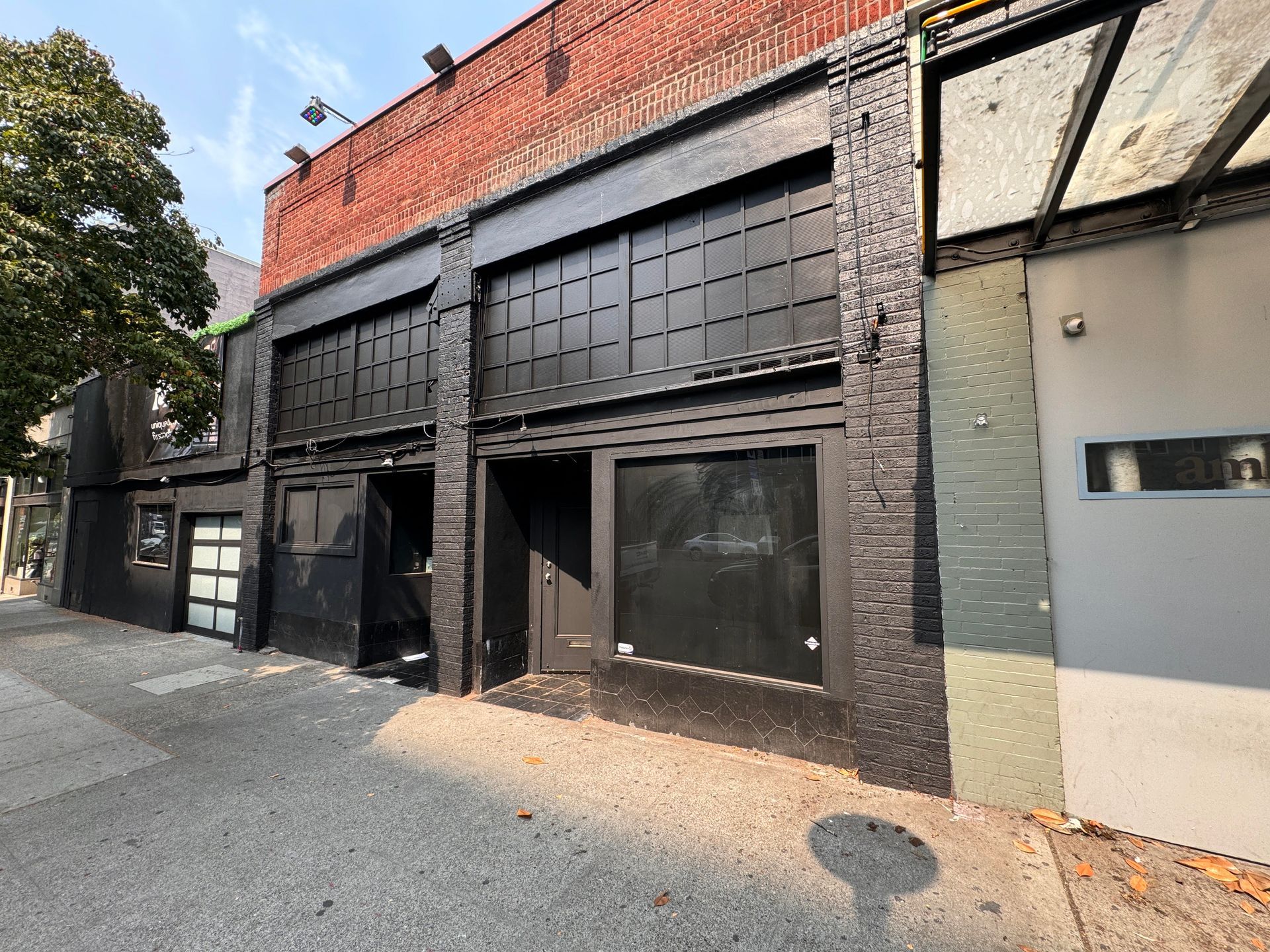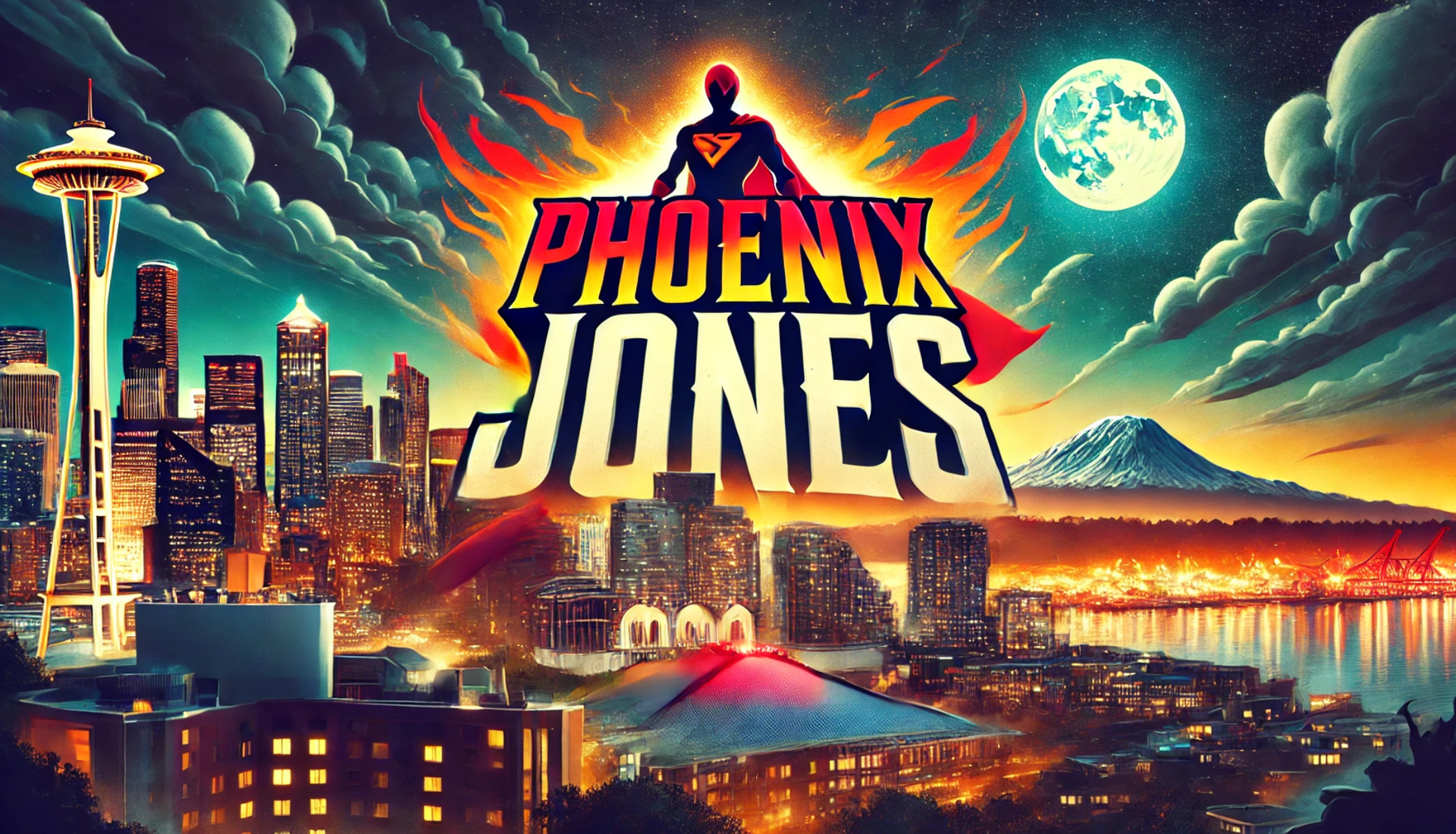Understanding Seattle's Graffiti Challenge and Community Responses

Graffiti in Seattle presents a complex issue, balancing between artistic expression and vandalism. A comprehensive survey by the city auditor’s office has provided valuable insights into the prevalence and impact of graffiti, leading to strategic recommendations for its management.
Survey Insights
The auditor's office conducted a one-day assessment across four key Seattle areas: Downtown, First Hill, Broadway Avenue East, and East Pine Street. This survey identified 556 instances of graffiti, predominantly on public property such as traffic signs, utility poles, and pay stations. Notably, only five instances were gang-related, and no "street art" was documented, though some community members question this finding.
Contrary to common belief, the survey revealed that public property is nearly twice as likely to be vandalized as private property. However, private property owners still face significant cleanup costs.
Financial Implications
Graffiti removal imposes substantial costs on Seattle. The city allocated $1.8 million to graffiti cleanup last year, with private property owners collectively spending an additional $232,000. While some residents view graffiti as a minor issue, 61% of survey respondents consider it a problem, citing its negative impact on community aesthetics and quality of life.
Community feedback reflects these concerns:
- "Money doesn’t just grow on trees; it is taken from the citizens. That $2 million could go toward services, roads, or public programs instead of cleaning up someone’s mess."
- "Seeing tags sprayed around my neighborhood is disappointing and diminishes the overall quality of life."
City Initiatives and Business Responsibilities
To address graffiti, the city auditor’s office has proposed several measures:
- Updating laws to classify sticker vandalism as graffiti.
- Creating a graffiti database to monitor incidents and offenders.
- Establishing diversion programs for offenders and enhancing enforcement efforts.
- Developing community outreach programs to educate the public about graffiti’s impact.
Additionally, Seattle has implemented the Metropolitan Improvement District (MID), a business-funded initiative managed by the Downtown Seattle Association. Established in 1999, the MID spans 300 square blocks, providing services such as cleaning, safety, and graffiti removal. Property owners within the MID boundaries are required to pay annual assessments to fund these services, which include a dedicated Clean Team that promptly addresses graffiti and other cleanliness issues.
For more information about the MID and its services, visit their official website:
Proactive Security Measures
Graffiti and vandalism not only impact the aesthetic appeal of Seattle but also place a significant financial burden on property owners and taxpayers. Central Protection offers tailored security solutions to prevent such incidents and maintain a safe, clean environment across the city. Their expertise in deterrence and protection can help communities and businesses safeguard their properties from these recurring challenges.
By engaging with these programs and implementing proactive security measures, Seattle can effectively manage graffiti, balancing urban creativity with community well-being.
All Rights Reserved | SeattleCrime.com


